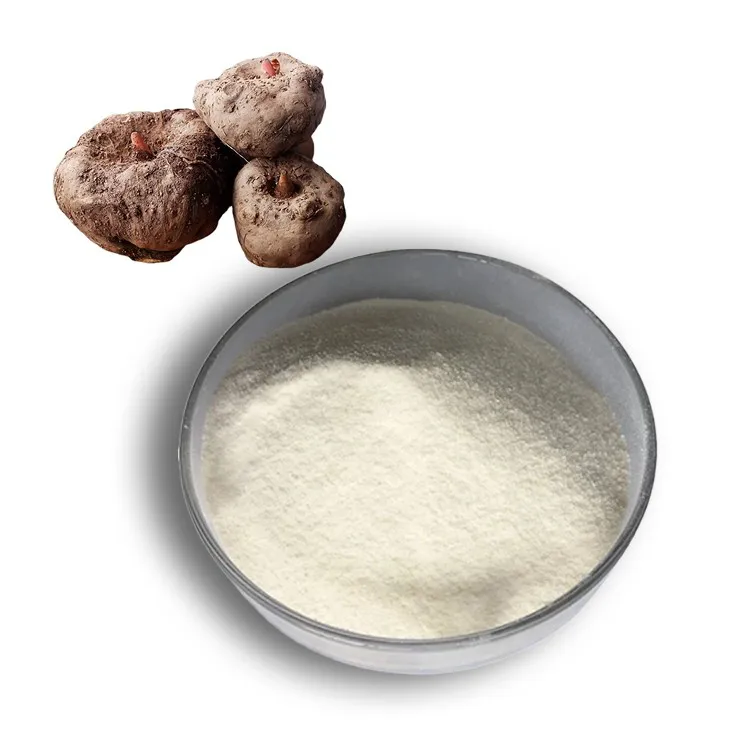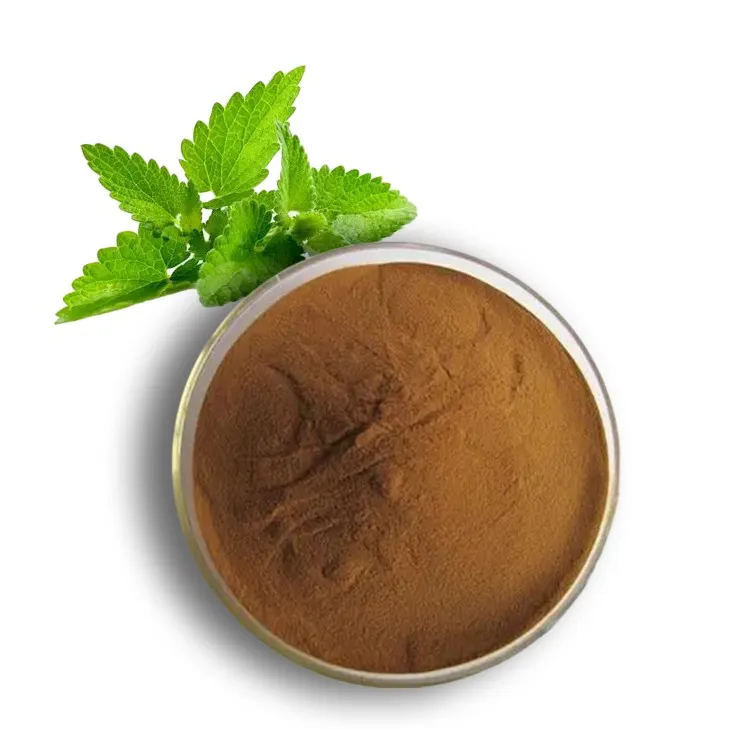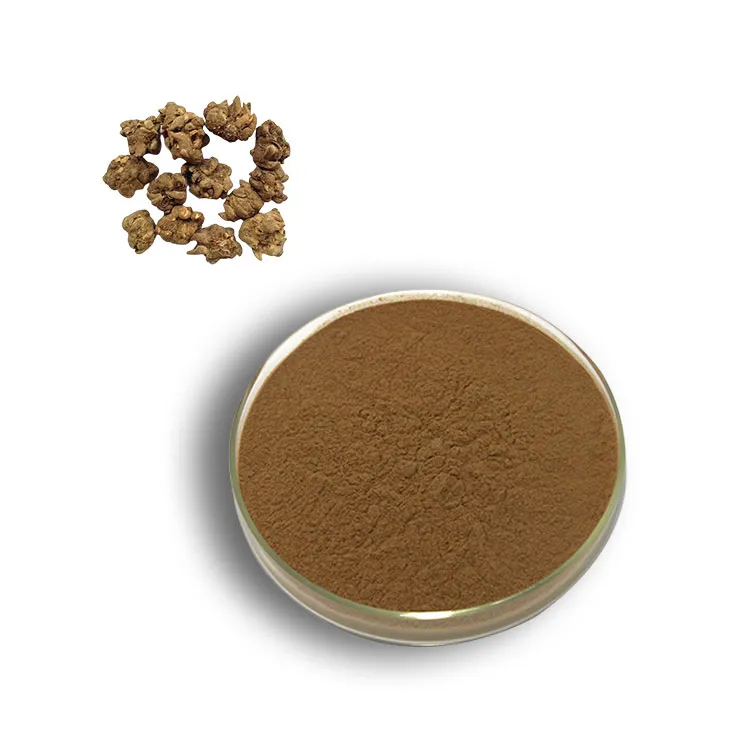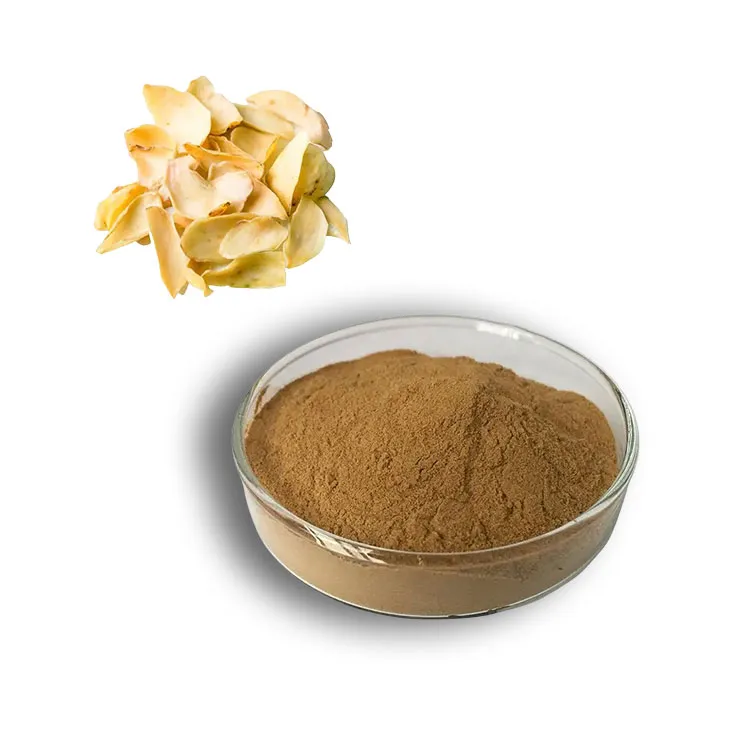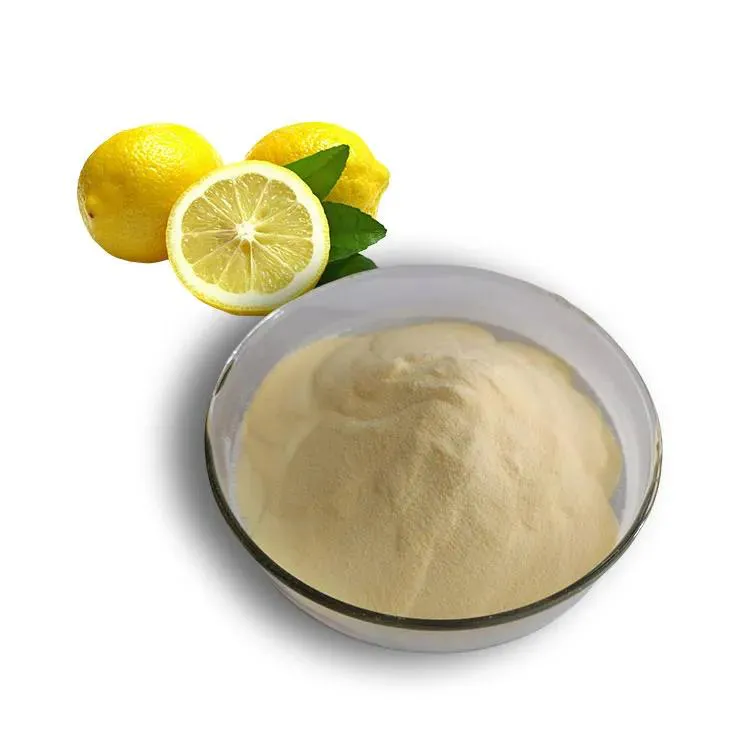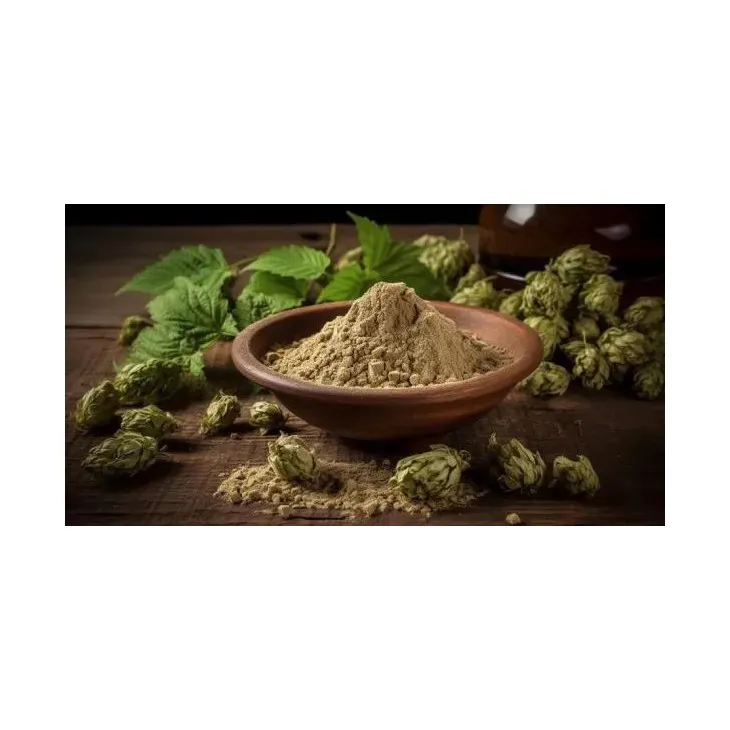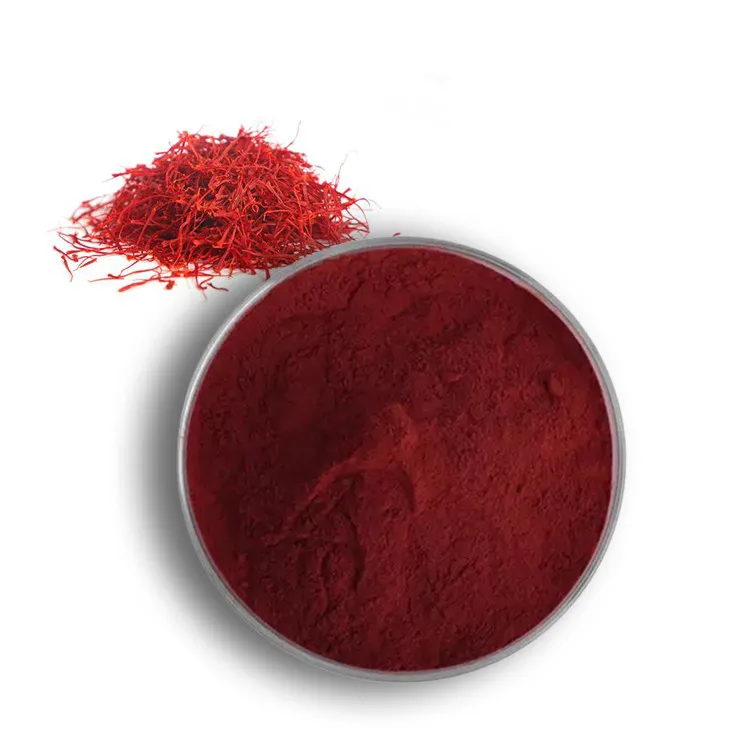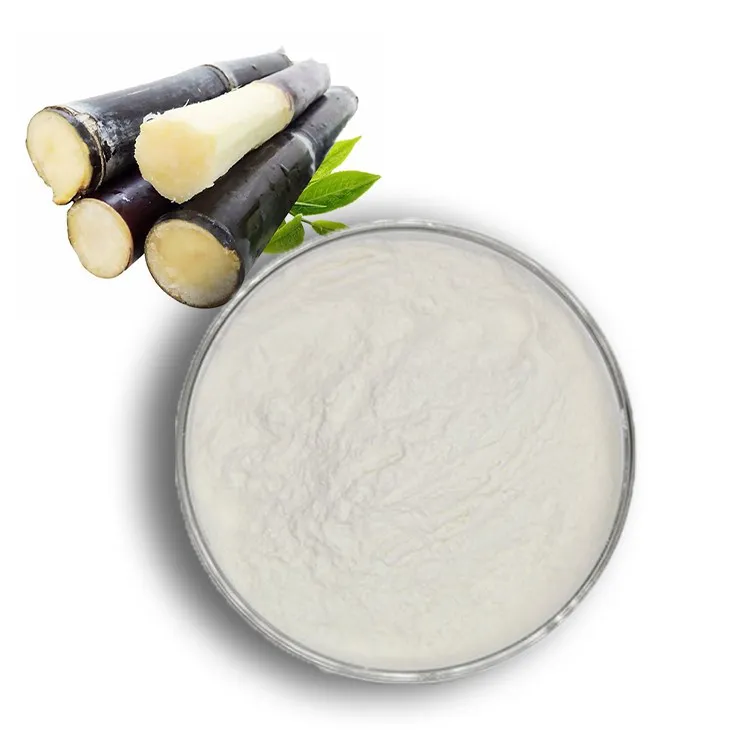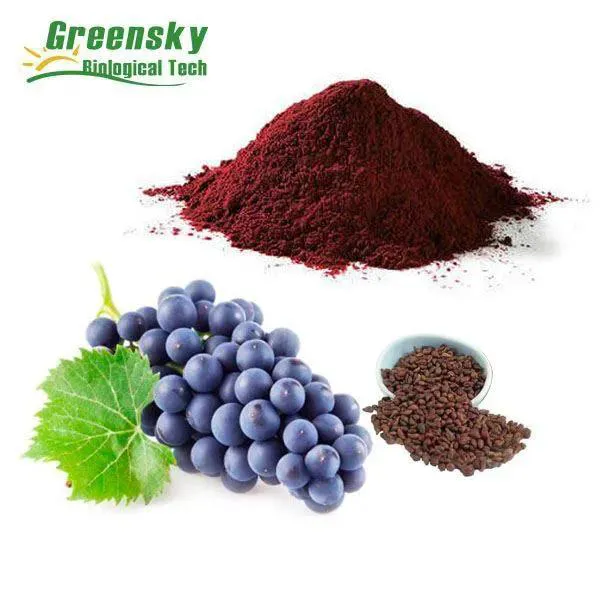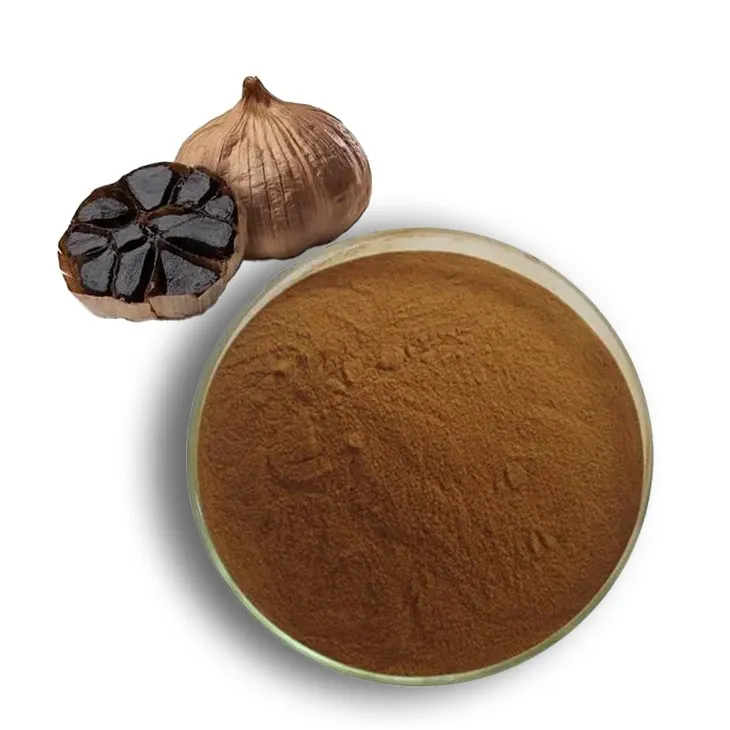- 0086-571-85302990
- sales@greenskybio.com
Hops Disease: A Comprehensive Guide to Challenges in Hops Cultivation
2025-08-16
Hops are a vital ingredient in the beer industry, providing the essential flavors and aromas that distinguish various beer styles. As the demand for craft beer has surged, so too has the cultivation of hops, largely due to their unique properties as a flavor and preservative agent. However, like any agricultural product, hops are susceptible to various diseases that can significantly impact their health and yield. This article provides an in-depth look at hops disease, exploring the common types, symptoms, causes, and management strategies to help growers maintain healthy hop plants and ensure high-quality production.
Introduction to Hops and Their Importance
Hops, the flowers of the Humulus lupulus plant, play an essential role in brewing beer. They impart bitterness, aroma, and stability to the beverage, balancing the sweetness of malt with their complex flavors. The growing popularity of craft beer has fueled an increase in hop cultivation, making disease management a critical aspect of hop farming.
Common Diseases Affecting Hops
Several diseases can affect hops, each posing different challenges to growers:
1. Downy Mildew
Downy mildew, caused by the pathogen Pseudoperonospora humuli, is one of the most destructive diseases of hops. It thrives in moist, cool climates and can quickly spread under favorable conditions. Symptoms include stunted growth, yellowing leaves, and black or brown spots on leaves and bines, often followed by a fuzzy gray to black mold on the underside of leaves.
2. Powdery Mildew
Unlike downy mildew, powdery mildew, caused by the fungus Podosphaera macularis, thrives in drier conditions. It presents as a white, powdery coating on the leaves, stems, and cones. Powdery mildew can severely reduce yield and cone quality if not managed effectively.
3. Verticillium Wilt
This soil-borne fungal disease is caused by Verticillium albo-atrum and Verticillium dahliae. It infects hop plants through their roots, leading to wilting and yellowing of leaves, often resulting in the death of the plant. Symptoms are more apparent during hot weather when water stress increases the plant's vulnerability.
4. Fusarium Canker and Wilt
Fusarium diseases, caused by Fusarium spp., result in cankers on bines and wilting due to root and vascular system damage. Infected bines may exhibit brown streaking and reduced vigor, ultimately impairing plant development and yield.
5. Botrytis Cinerea (Grey Mold)
Particularly problematic in wet conditions, Botrytis cinerea can infect hop cones and stems, leading to a gray, fuzzy mold that degrades cone quality. It is often seen in conjunction with high humidity and poor air circulation.
Causes and Conditions Favoring Hops Disease
Understanding the conditions that promote these diseases is crucial for implementing effective preventative strategies:
1. Moisture and Humidity
Excessive moisture and high humidity create ideal conditions for many fungal infections. Proper site selection with good air circulation and well-drained soils can mitigate these risks.
2. Poor Field Management
Dense planting, inadequate pruning, and poor weed control can increase plant susceptibility to disease by restricting airflow and increasing humidity around the plants.
3. Weather Conditions
Unfavorable weather, such as prolonged wet periods or heavy rains, can trigger outbreaks of diseases like downy and powdery mildew.
4. Soil Health
Soil-borne pathogens like Verticillium and Fusarium are influenced by soil health and composition. Improper soil management can lead to conditions that favor disease propagation.
5. Genetic Susceptibility
Some hop varieties are more resistant to certain diseases than others. Selecting resistant varieties tailored to local conditions can be an effective preventive strategy.
Management Strategies for Hops Disease
Effective management of hops diseases involves a combination of cultural, biological, and chemical control measures:
1. Cultural Practices
Implementing good cultural practices such as crop rotation, proper irrigation management, and ensuring adequate spacing between plants to promote air circulation can significantly reduce disease incidence.
2. Mechanical Control
Practices such as timely pruning and the removal of infected plant material help prevent disease spread. Mechanical weed control minimizes competition for resources and reduces potential disease reservoirs.
3. Biological Control
Biological agents like beneficial fungi and bacteria can naturally suppress pathogenic organisms. Introducing these agents into the hop yard setting enhances the plant's resilience to disease infection.
4. Chemical Control
The judicious use of fungicides is often necessary to control disease outbreaks. A routine spray schedule tailored to the specific disease threat, environmental conditions, and resistance management guidelines is crucial for effective control.
5. Resistant Varieties
The development and use of disease-resistant hop varieties can offer a sustainable solution, decreasing dependency on chemical controls and improving yield stability.
Challenges and Future Directions
Managing hops disease is an ongoing challenge for growers, requiring vigilance and adaptability:
1. Resistance Development
Pathogens can develop resistance to chemical treatments over time, necessitating the rotation of chemical classes and integration of resistance management principles.
2. Climate Change
As climate patterns shift, changes in precipitation and temperature may impact the prevalence and severity of certain diseases, requiring constant adjustments in management practices.
3. Research and Breeding
Investment in research and breeding programs to develop new resistant hop varieties and better understand pathogen biology will be vital in adapting to evolving challenges.
4. Integrated Pest Management (IPM)
Emphasizing integrated pest management strategies that combine multiple control methods can enhance sustainability and reduce environmental impact.
Conclusion
Hops diseases pose significant threats to hop production, impacting yield, quality, and profitability. Understanding the common diseases, their symptoms, and conditions conducive to their spread allows growers to implementeffective management strategies. By combining cultural, mechanical, biological, and chemical controls with ongoing monitoring and research into resistant varieties, the sustainability of hop production can be enhanced. As the beer industry continues to evolve, so too must the approaches to managing hops disease, ensuring that growers can meet the demands of both domestic and international markets with high-quality products.
- ▶ Hesperidin
- ▶ Citrus Bioflavonoids
- ▶ Plant Extract
- ▶ lycopene
- ▶ Diosmin
- ▶ Grape seed extract
- ▶ Sea buckthorn Juice Powder
- ▶ Fruit Juice Powder
- ▶ Hops Extract
- ▶ Artichoke Extract
- ▶ Mushroom extract
- ▶ Astaxanthin
- ▶ Green Tea Extract
- ▶ Curcumin
- ▶ Horse Chestnut Extract
- ▶ Other Product
- ▶ Boswellia Serrata Extract
- ▶ Resveratrol
- ▶ Marigold Extract
- ▶ Grape Leaf Extract
- ▶ New Product
- ▶ Aminolevulinic acid
- ▶ Cranberry Extract
- ▶ Red Yeast Rice
- ▶ Red Wine Extract
-
Konjac Powder
2025-08-16
-
Peppermint Extract Powder
2025-08-16
-
Cat Claw Extract
2025-08-16
-
Lily extract
2025-08-16
-
Lemon Juice Powder
2025-08-16
-
Uridine-5'-monophosphate Disodium salt
2025-08-16
-
Saffron Extract Powder
2025-08-16
-
Sugarcane Extract
2025-08-16
-
Grape Seed Extract
2025-08-16
-
Black Garlic Extract
2025-08-16











